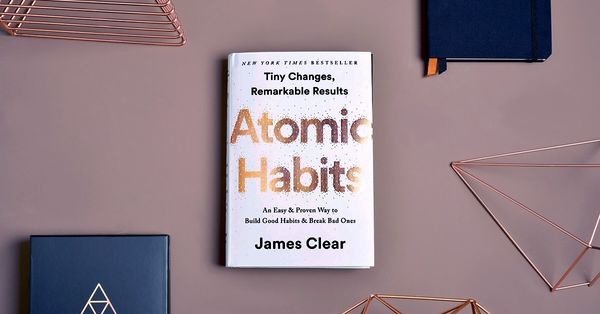Book Summary: Zero To One
So you want to become an entrepreneur, but haven’t read Zero To One yet? Feeling like you’re missing out on understanding Peter Thiel's position on contrarian truths?
We've got you covered. This is the official Yodaa summary of Zero to One.
There is only one moment in time for everything — there will never be another creator of Facebook or Twitter. Copying is easy, it’s easy to give the world more of what already exists. It’s easy to go from 1-n.
Only a few will bridge 0-1.
Creating something new unlocks the doors of success in any field. The power to continually disrupt the status quo can make one irreplaceable. So don’t copy, learn. Of course, there is no formula for startup success. But there is a way.
Vertical Vs Horizontal
Going from zero to one raises the ceiling — creates vertical progress and ensures monopoly. Moving from one to n decreases profitability and ensures competition.In real life, we also know these as Technology and Globalization respectively.
Without Technological change, the future remains static and unchanged. All the countries of the world will keep copying templates without assessing what needs to be adapted. In the long run, this is not sustainable.
That’s where you, the startups, come in.
Contrarian Truths
Your first task is to identify a contrarian truth — what valuable business is no one creating? What type of ideological ‘bubbles’ is society under? What ‘need’ is everyone overlooking?
These are difficult questions, and the answer usually comes from the past. The act of identifying contrarian truths is honed by assessing past ‘bubbles’. Nobody knows they’re in one unless they’re looking retrospectively. The dot com craze of the 90s is a good example of how startups got stuck in a ‘bubble’. The biggest contrarian truth comes with thinking for yourself. The extent to which you can convince yourself and a group of people to follow one vision more or less determines your success as a startup
Monopolise
Do you remember playing the popular board game Monopoly? Its devastating power over friendships aside, did you notice how those who owned most of the board had the best time?
The lesson: focus on monopolising instead of losing out to competition. Creating monopolies works because it gives you a wide margin to increase your business latitude while also leaving enough room to invest in the future. This is why only monopolies can afford to be sustainable and ethical!
Economics obsesses over perfect competition — an equilibrium in supply and demand. This sounds good but leaves no room for profitability. A new firm enters such a market, increases supply, and ultimately ends up lowering costs (and profits).
Stasis is the enemy.
Non-monopolists are too caught up in differentiating themselves in such a narrow spectrum that they lose out. Monopolists, on the other hand, are vague and like to spread into diverse markets. Hopefully, you’re now convinced of the power the monopoly holds. Now onto the more important question: how do you create one?
How to Monopolise
Education systems prepare us for a scenario in which success is arbitrary — and that’s how we end up becoming ‘good enough’ at a lot and not ‘the best’ at one thing. Thiel is of the opinion that we can determine our own success.
It’s not a matter of luck. According to Thiel, having hawk-like precision in one domain is the key to standing out. Invest in making your skills irreplaceable.
Step 1: Build a zero to one model and scale-up. Pay attention to a well-designated and organised market and try to reach every single individual within that ambit.
Step 2: What do you give?
Is it x10 speed, convenience, or performance? Disrupt the status quo and alter consumer behaviour by offering something dynamic and vital. Create and capture value at every stage.
You’ve had the idea and actualised it. Now what? Protect the monopoly using these techniques. In the digital landscape, having a positive network effect can increase the value of your good or service. When so many participants come together, they add more input, content, and ultimately — value. As production increases, the cost per unit value decreases. That is the magic of Economies of Scale. Utilise it
Branding can also help reduce distribution costs because you’ve effectively made your target audience undeniably aware of your offering. Keep at it!
Making bets on the future is tough. The future is indefinite. We’re not saying the going will be easy, but we’ll leave you with this saying from Thiel as a guide in tough times:
“A bad plan is a lot better than no plan at all.”
If productivity and efficient personal finance management is your thing then the Yodaa App is your new best friend! Sign up now!



